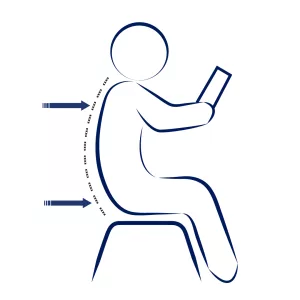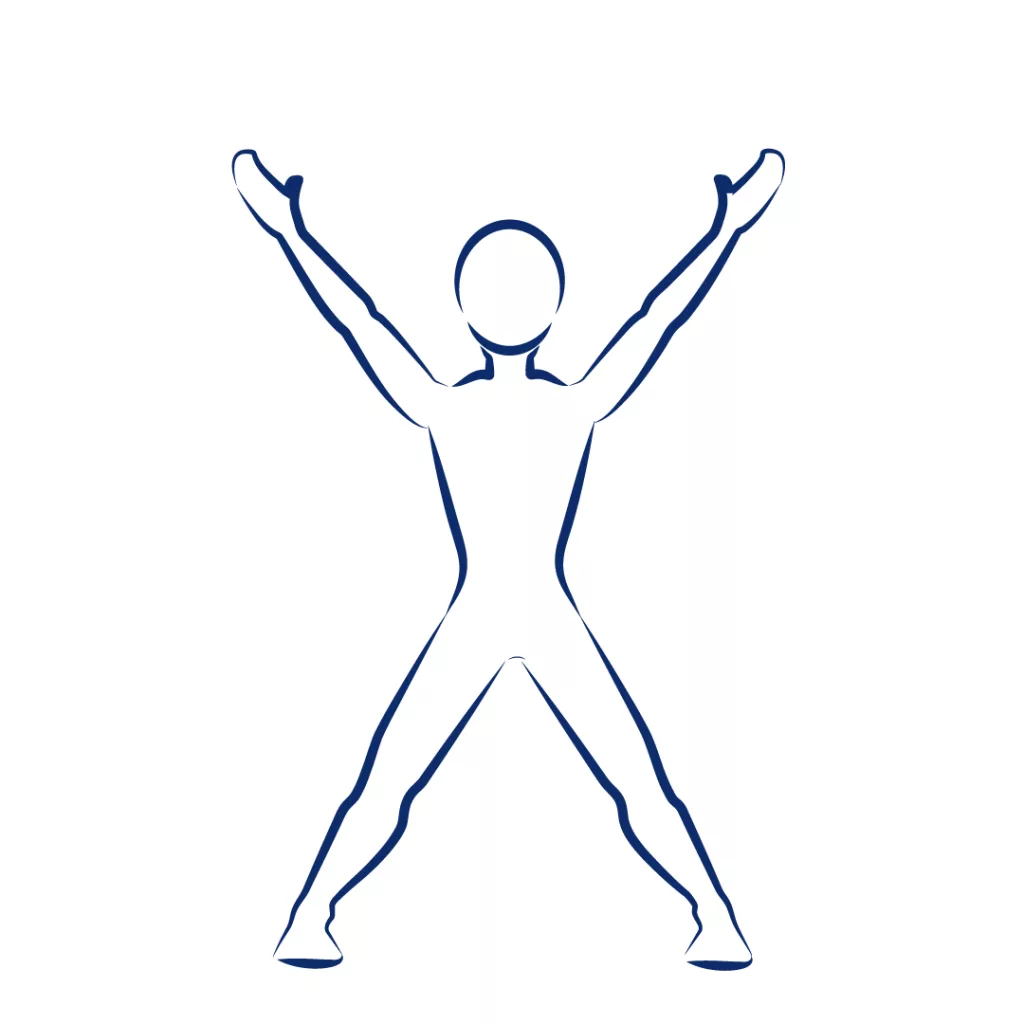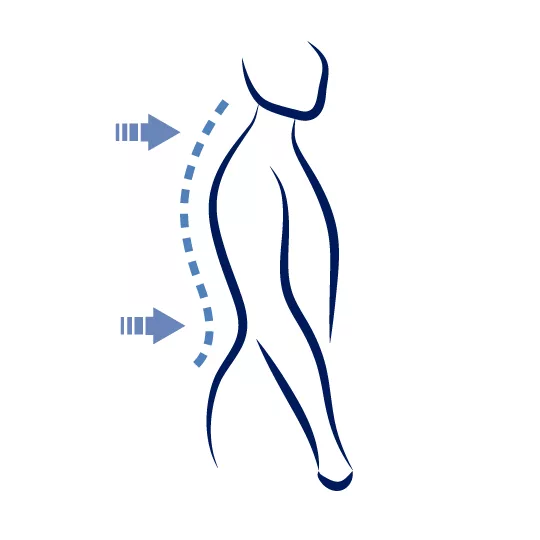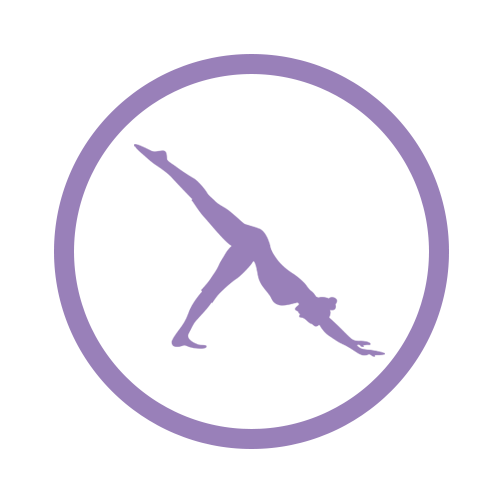In our quest to look our best, we often emphasize clothing, hairstyles, and grooming. Yet, one important aspect is frequently forgotten – Posture.
Posture is more than just physical; it includes psychological and emotional aspects
How does Posture affect your Confidence and Self-Esteem?
Posture plays a significant role in shaping our confidence and self-esteem, the perception we hold about ourselves, and our self-worth. That’s why it is important to understand the basics of posture.
1
Positive Body Language
Good posture communicates confidence and self-assurance to others.
When you stand tall with your shoulders back and head held high, you exude an air of self-confidence, which can positively influence how people perceive you.
2
Reduced Stress and Anxiety
Good posture can help reduce feelings of stress and anxiety.
By maintaining a strong, open body position, you signal to your brain that you are in a safe and secure environment, leading to a calmer and more relaxed mood.
3
Physical Health Benefits
Good posture aligns your body’s musculoskeletal structure properly, reducing the risk of discomfort and pain.
A pain-free body contributes to boosting confidence and self-esteem.
4
Motivation and Productivity
Good posture can enhance your motivation and productivity levels.
When you feel more confident and self-assured, you are more likely to take on challenges and approach tasks with a focused and determined mindset.
5
Better Verbal Communication
Good posture can positively impact your verbal communication.
When you feel more confident in your body, you are more likely to express yourself clearly and assertively in social and professional settings.
How you can build Confidence and Self-Esteem Through Posture?
Confidence and self-esteem are not just personality traits; they are qualities that can be nurtured and enhanced. Steps to build confidence and self-esteem through posture:

1.) Mirror Check
Regularly stand in front of a mirror to assess your posture.
Straighten your back, roll your shoulders back, and lift your head. Mirror checks serve as a daily reminder to maintain good posture.

2.) Power Pose Ritual
Begin each day with power poses. Stand confidently with your chest open and arms outstretched, visualizing success.
This sets a positive tone for the day.

3.) Breathing Exercises
Practice deep, diaphragmatic breathing while maintaining good posture. This promotes calmness and self-assuredness.

4.) Body Language Analysis
Study confident individuals’ body language and emulate their posture, movement, and eye contact.
5.) Seek Feedback:
Ask for feedback on your posture and its impact on your confidence from friends, family, or a coach and work on the feedback.
People also ask:
Common bad posture habits include slouching at desks, hunching over devices, and improper lifting, all of which can lead to strain and discomfort.
Effective stretches for posture improvement include chest-opening stretches, shoulder rolls, and hip flexor stretches to alleviate tension and enhance flexibility.


